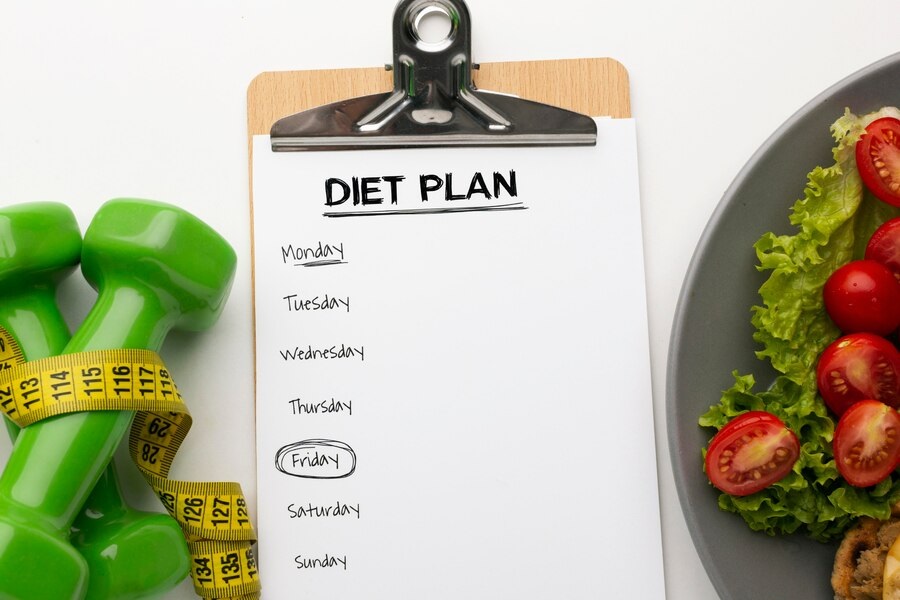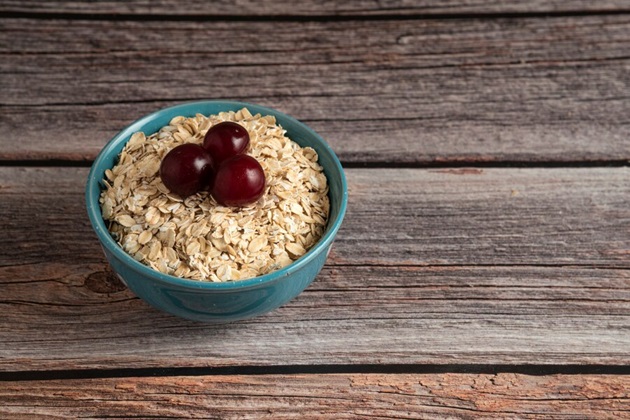Polycystic Ovary Syndrome (PCOD) is a common hormonal disorder affecting women of reproductive age. One of the significant challenges women face with PCOD is weight management. Following an effective PCOD diet chart for weight loss is not only vital for maintaining a healthy weight but also for managing symptoms like irregular periods, acne, and insulin resistance. This article delves into a comprehensive dietary approach to help women with PCOD shed extra pounds while improving their overall health.
Table of Contents
Understanding PCOD and Its Impact on Weight

PCOD disrupts hormonal balance, leading to excessive androgen production, insulin resistance, and an increased risk of obesity. Insulin resistance, a hallmark of PCOD, causes the body to store more fat and leads to cravings for unhealthy foods. This creates a vicious cycle that can make weight loss challenging.
Why Diet Plays a Crucial Role in PCOD Management
Diet plays a pivotal role in managing PCOD by:
- Balancing hormone levels.
- Improving insulin sensitivity.
- Reducing inflammation in the body.
- Preventing excessive weight gain.
An optimal PCOD diet chart for weight loss focuses on low-glycemic index (GI) foods, anti-inflammatory ingredients, and nutrient-dense meals.
Key Nutritional Guidelines for a PCOD-Friendly Diet
To design a sustainable PCOD diet chart for weight loss, follow these nutritional principles:
1. Focus on Low-GI Foods
Low-GI foods help regulate blood sugar levels and reduce insulin spikes. Include:
- Whole grains: Brown rice, quinoa, oats
- Legumes: Chickpeas, lentils, black beans
- Vegetables: Broccoli, spinach, zucchini
2. Incorporate Lean Proteins
Protein helps maintain satiety and prevents overeating. Good options include:
- Eggs
- Skinless chicken
- Fish (salmon, mackerel)
- Plant-based proteins: Tofu, tempeh
3. Add Healthy Fats
Healthy fats are essential for hormone production and reducing inflammation. Include:
- Avocados
- Nuts and seeds (almonds, flaxseeds, chia seeds)
- Olive oil
- Fatty fish
4. Embrace Fiber-Rich Foods
Fiber aids digestion and promotes a feeling of fullness. Some fiber-rich foods are:
- Whole fruits: Apples, berries, oranges
- Vegetables: Kale, carrots, cucumbers
- Whole grains and legumes
5. Avoid Refined Carbohydrates
Refined carbs can cause insulin spikes and lead to weight gain. Avoid:
- White bread
- Sugary snacks
- Pasta made from refined flour
6. Stay Hydrated
Water is vital for metabolic functions and detoxification. Aim for at least 8-10 glasses per day. You can also include herbal teas like green tea, which boosts metabolism.
7. Limit Processed Foods
Processed foods often contain unhealthy fats, sugars, and preservatives, which can worsen PCOD symptoms. Instead, opt for whole, minimally processed foods.
Sample PCOD Diet Chart for Weight Loss
Here is a detailed PCOD diet chart for weight loss you can follow:
Early Morning (6:30 AM – 7:00 AM)
- A glass of warm water with lemon or apple cider vinegar.
- A handful of soaked almonds or walnuts.
Breakfast (8:00 AM – 9:00 AM)
- 1 bowl of oatmeal with chia seeds, topped with berries.
- Herbal tea or black coffee (without sugar).
Mid-Morning Snack (11:00 AM)
- 1 fruit (apple/orange) or a small bowl of Greek yogurt.
- A handful of sunflower or pumpkin seeds.
Lunch (1:00 PM – 2:00 PM)
- 1 bowl of quinoa or brown rice.
- Grilled chicken or tofu with steamed vegetables.
- A side salad with olive oil dressing.
Evening Snack (4:00 PM)
- 1 cup of green tea.
- Roasted chickpeas or a boiled egg.
Dinner (7:00 PM – 8:00 PM)
- Grilled salmon or paneer with sautéed spinach.
- 1 small whole-grain roti or a small bowl of soup.
Bedtime Snack (9:30 PM)
- A glass of warm turmeric milk (unsweetened almond milk).
- A piece of dark chocolate (70% cocoa or higher).
Foods to Include and Avoid in a PCOD Diet Chart for Weight Loss

Foods to Include:
- Whole grains: Brown rice, quinoa, millets.
- Vegetables: Broccoli, spinach, zucchini.
- Fruits: Apples, berries, guavas.
- Proteins: Eggs, chicken, lentils, tofu.
- Healthy fats: Avocados, nuts, seeds, fatty fish.
Foods to Avoid:
- Sugary beverages: Sodas, packaged juices.
- Fried foods: Chips, fries.
- Processed snacks: Cookies, candies.
- Refined carbs: White bread, pastries.
Lifestyle Tips to Complement Your Diet
While following a PCOD diet chart for weight loss, lifestyle modifications can enhance your results:
1. Regular Exercise
Incorporate both aerobic exercises (walking, cycling) and strength training to improve insulin sensitivity and promote fat loss.
2. Stress Management
High stress levels can exacerbate PCOD symptoms. Practice yoga, meditation, or deep breathing exercises.
3. Adequate Sleep
Aim for 7-9 hours of quality sleep to regulate hormones and improve metabolism.
4. Avoid Skipping Meals
Skipping meals can lead to blood sugar imbalances and cravings. Stick to a structured meal plan.
Benefits of Following a PCOD Diet Chart for Weight Loss
- Improved Hormonal Balance: Balanced meals regulate insulin and androgen levels.
- Reduced Symptoms: A nutrient-rich diet alleviates symptoms like acne, hair loss, and irregular periods.
- Sustainable Weight Loss: A well-planned diet prevents weight gain and aids in fat loss.
- Enhanced Energy Levels: Whole foods and balanced meals provide sustained energy throughout the day.
Common Mistakes to Avoid
- Overeating healthy foods: Even healthy fats and carbs should be consumed in moderation.
- Skipping meals: This can worsen insulin resistance and lead to binge eating.
- Relying on processed “health” foods: Many packaged foods marketed as healthy contain hidden sugars and unhealthy additives.
Frequently Asked Questions (FAQs)
1. Can I follow intermittent fasting with PCOD?
Yes, but it’s crucial to consult a healthcare provider. Intermittent fasting may benefit some women by improving insulin sensitivity.
2. Are dairy products allowed in a PCOD diet?
Dairy can be inflammatory for some women. Opt for alternatives like almond milk or coconut yogurt.
3. How long does it take to see results from a PCOD diet?
Results vary but sticking to a PCOD diet chart for weight loss for at least 3-6 months can show significant improvements.
4. Is cheat day allowed?
Occasional indulgences are okay, but avoid overindulging in sugary or processed foods.
Conclusion
Managing PCOD effectively requires a holistic approach that combines a tailored diet, regular exercise, and a healthy lifestyle. Following the outlined PCOD diet chart for weight loss will not only help you shed extra pounds but also improve your overall well-being. Remember, consistency is key, and small, sustainable changes can lead to significant improvements in your health.




